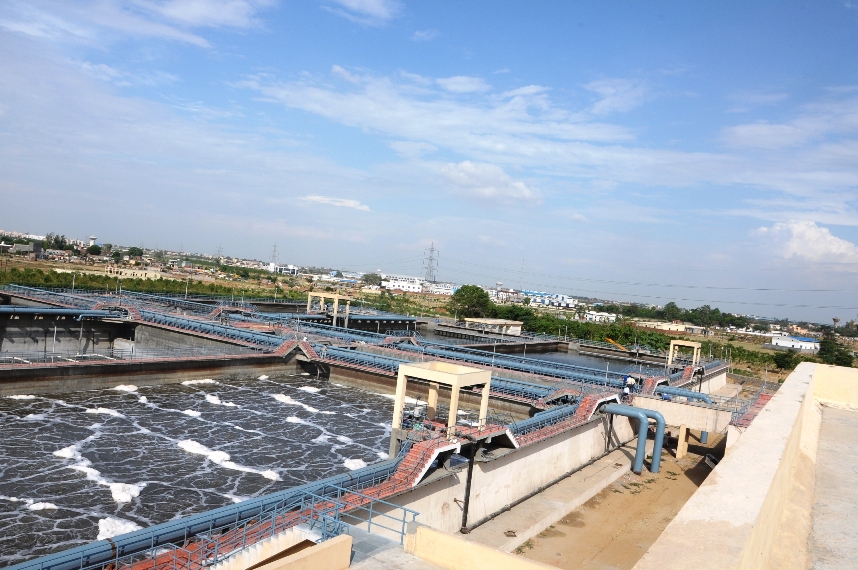
SSG Infratech Pvt Ltd was incorporated in 2004 with the objective of undertaking contractors in the environmental engineering space, as well as for general electrical and civil contracts. Today, SSG Infratech has the distinction of building and operating India’s largest SBR process-based sewage treatment plant (STP). Located in Greater Noida, this plant is unique in that it uses solar energy for its operations. We have Harjeet Singh Sahni, a highly experienced government contractor as well as the promoter of SSG Infratech, telling us more about this unique project.
We understand that SSG Infratech has built Asia’s India’s largest sewage treatment plant for the UP government, in Greater Noida. Tell us about this plant, in terms of its size and capacity.
Completed and commissioned by SSG Infratech Pvt Ltd, an ISO 9001 company this sewage treatment plant (STP) has 137 million litres per day (mld) capacity and it has earned the distinction of being largest STP in India on SBR Technology. Under successful O&M after commissioning, this STP is provides highest treatment efficiency possible. Running through sequential batch reactor (SBR) process, it is operated in a batch reactor mode which eliminates all inefficiencies of the continuous process. The one-of-its-own kind STP plant, it is being operated fully on solar energy. We have incorporated a solar power system with the capacity of between 1.25 mw to fuel this STP.
Tell us more on the role of solar energy in fueling this STP.
In our efforts to utilize clean and non-polluting energy, we operate this STP mainly on solar electricity. We believe that solar energy is one of the most renewable sources of energy and it is available in plenty. We have taken a giant leap forward in envisioning and undertaking such environment friendly projects and our focus remains intact on the maximum use of solar energy in all of our projects.
Solar energy could be gainfully applied in environmental engineering by focusing on theoretical and experimental sample-based studies on its uses in the areas of atmospheric pollution, waste disposal, etc
We presume that this STP also runs on grid electricity, whenever solar energy is not available. On average, how much of grid electricity does this STP save due to electricity generation through solar panels?
Please recall some challenges that were encountered during the design, engineering and construction of the solar power plant attached to the STP.
The first and foremost challenge that we encountered initially was the requirement of quite a large land space for the installation of solar power plant, which we managed through procuring additional land adjacent to the STP. Among the other major challenges were obtaining different high-costing equipment required for ensuring the supply of the generated energy to the cells. Installing solar panels were quite economical and so we managed it conveniently. The overall design, engineering and construction of the solar power plant did not pose any issue to us, as all of these activities were done under expert guidance.
SSG Infratech specializes in environmental engineering. Please tell us how solar energy could be gainfully applied in environmental engineering, in general.
It is since solar energy is sustainable and renewable, it successfully minimizes the undesirable impact of the other forms of energy on the environment. Moreover, solar energy could be gainfully applied in environmental engineering by focusing on theoretical and experimental sample-based studies on its uses in the areas of atmospheric pollution, waste disposal, management and its treatment. I’m sure, in all these areas, use of solar energy will be proven to be a game changer in the near future.
Is SSG Infratech currently involved with any environmental engineering project involving solar energy?
We do have a couple of projects, but all of them are currently in the early stages of their planning and so for us, it will be too early to comment on this. Overall, we deal in various environmental engineering and infrastructure development projects which include sewage treatment plants and water treatment plants operated through solar energy, besides development of Ranney wells, underground reservoirs, etc.

